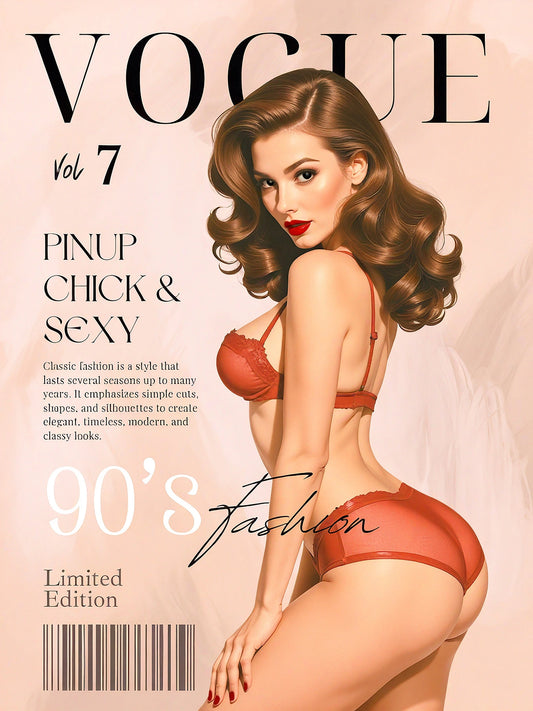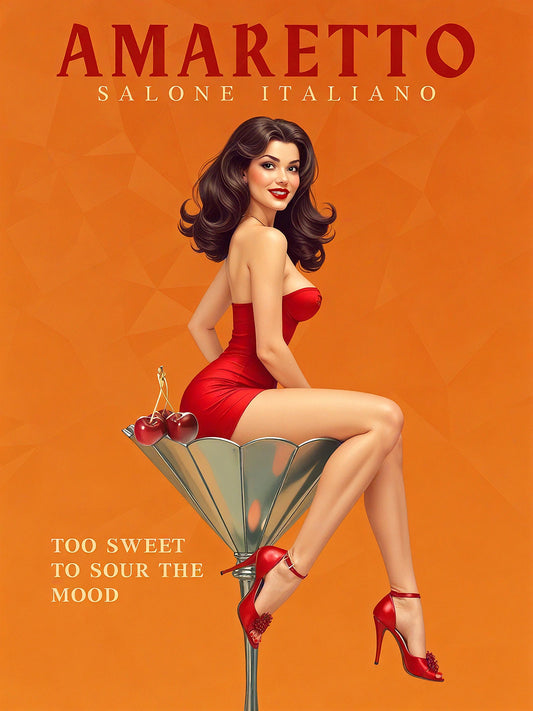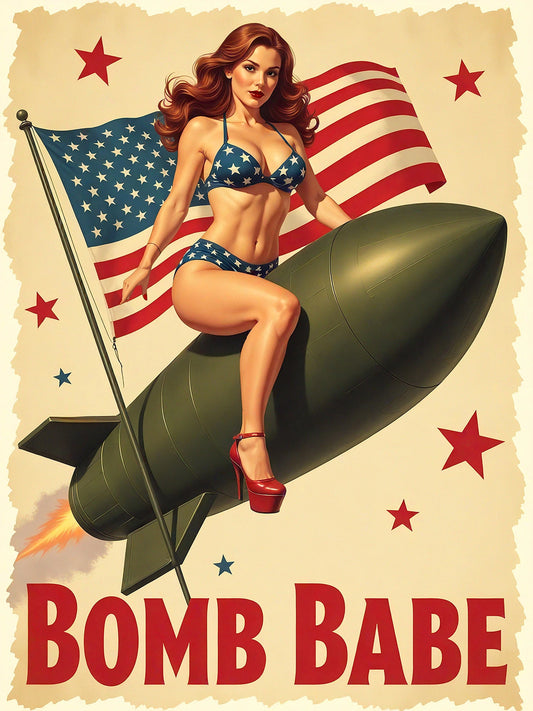Introduction
During World War II, amidst battles and global uncertainty, beauty became a quiet form of resistance. Soldiers pinned posters of bold, radiant women inside barracks and bomber cockpits — and among those iconic images, one name defined the art: Vargas.
This blog dives into the history of WWII pinups, the rise of the Vargas Girl, and how Alberto Vargas helped create the most recognizable style in pinup art history.
What Were WWII Pinups?
As war raged across Europe and the Pacific, American morale needed support beyond the battlefield. That support came not just from victory speeches — but from pin up girls. These images reminded soldiers of home, femininity, and what they were fighting to protect.
Features of WW2 pinups included:
-
Modest yet flirty poses
-
Red lips, curled hair, and patriotic outfits
-
Optimism during a dark time
Pinups became symbols of hope, strength, and joy, offering comfort far from home.
Who Was Alberto Vargas?
Joaquin Alberto Vargas y Chávez was a Peruvian-American painter who revolutionized the visual style of pinup girls. His career flourished during WWII when he began illustrating for Esquire magazine.
His Vargas Girls were:
-
Dreamlike and elegant
-
Airbrushed to perfection
-
Both sultry and dignified
His work captured the hearts of GIs, quickly making him the most celebrated pinup artist of the era.
The Vargas Girl Legacy
Unlike many artists, Vargas didn’t paint caricatures. His pinups were graceful, often depicted in soft poses and subtle scenarios — lounging, adjusting stockings, or smiling over their shoulder.
The Vargas Girl became a staple of:
-
Esquire magazine spreads
-
Military barracks and nose art
-
Wartime calendars and centerfolds
These portraits weren’t just visual relief — they were emotional anchors.
WWII Pinups vs Modern Pinup Art
Though times have changed, the style lives on. Modern pinup portraits inspired by WWII keep Vargas’ legacy alive. Today, artists and fans recreate:
-
The patriotic colors and hairstyles
-
The gentle yet cheeky body language
-
The sense of strength beneath the smile
At Pinup Portrait, we channel that vintage energy into personalized digital portraits, bringing history to life with your own face and flair.
Why WWII Pinups Still Matter
They remind us that:
-
Beauty can uplift during hard times
-
Art can unify people across distance and danger
-
Confidence, elegance, and playfulness never go out of style
From Vargas girls to modern digital pinup portraits, the message is the same: vintage is powerful.
🎨 Want to Be a Vargas Girl?
You don’t need to go back in time. Our artists use your photo to recreate the style of a WWII pin up girl, inspired by Vargas’ iconic techniques.
✅ Call to Action
Ready to transform your photo into a vintage Vargas-style masterpiece?
👉 Order your custom WWII pinup portrait and capture the strength, grace, and glamour of history.
❓ FAQ Section
Q1: Who were the Vargas Girls?
A1: Vargas Girls were elegant, airbrushed pinups created by artist Alberto Vargas during WWII. They became famous symbols of beauty and morale.
Q2: What made WWII pinup art different?
A2: WWII pinups focused on class, confidence, and subtle sexiness. They were designed to uplift soldiers while maintaining dignity and charm.
Q3: Can I get a modern portrait in the style of a WWII pin up girl?
A3: Yes! Our custom pinup portraits are designed to reflect classic vintage styles inspired by artists like Vargas.
Q4: What magazines featured Vargas art?
A4: Most famously, Esquire magazine showcased Vargas’ pinups during the 1940s, helping popularize the genre.
Q5: Why are WWII pinups still popular today?
A5: They represent a blend of femininity and strength, nostalgia and style — making them timeless symbols of beauty and empowerment.





